
How to Use Ideal Diode: Examples, Pinouts, and Specs
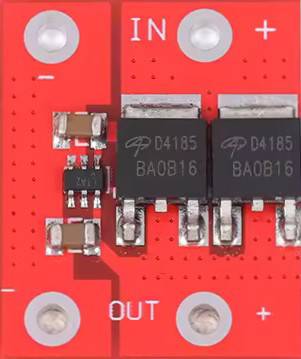
 Design with Ideal Diode in Cirkit Designer
Design with Ideal Diode in Cirkit DesignerIntroduction
An Ideal Diode is a theoretical electronic component that exhibits perfect diode behavior. It allows current to flow in one direction without any resistance or voltage drop when forward-biased, and completely blocks current in the reverse direction. Unlike real-world diodes, which have a small forward voltage drop and leakage current, the ideal diode is a conceptual model used to simplify circuit analysis and design.
Explore Projects Built with Ideal Diode
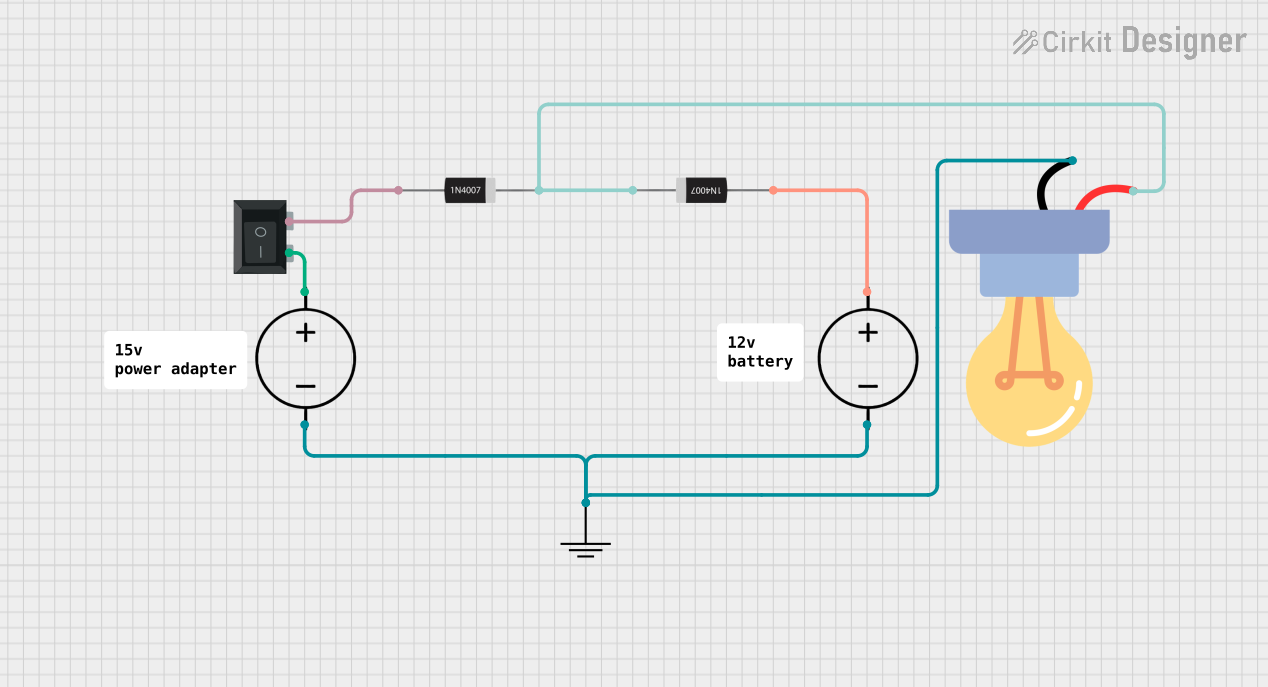
 Open Project in Cirkit Designer
Open Project in Cirkit Designer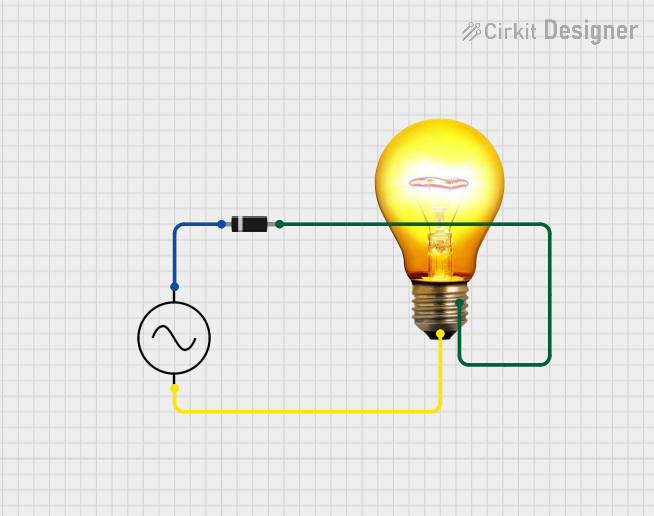
 Open Project in Cirkit Designer
Open Project in Cirkit Designer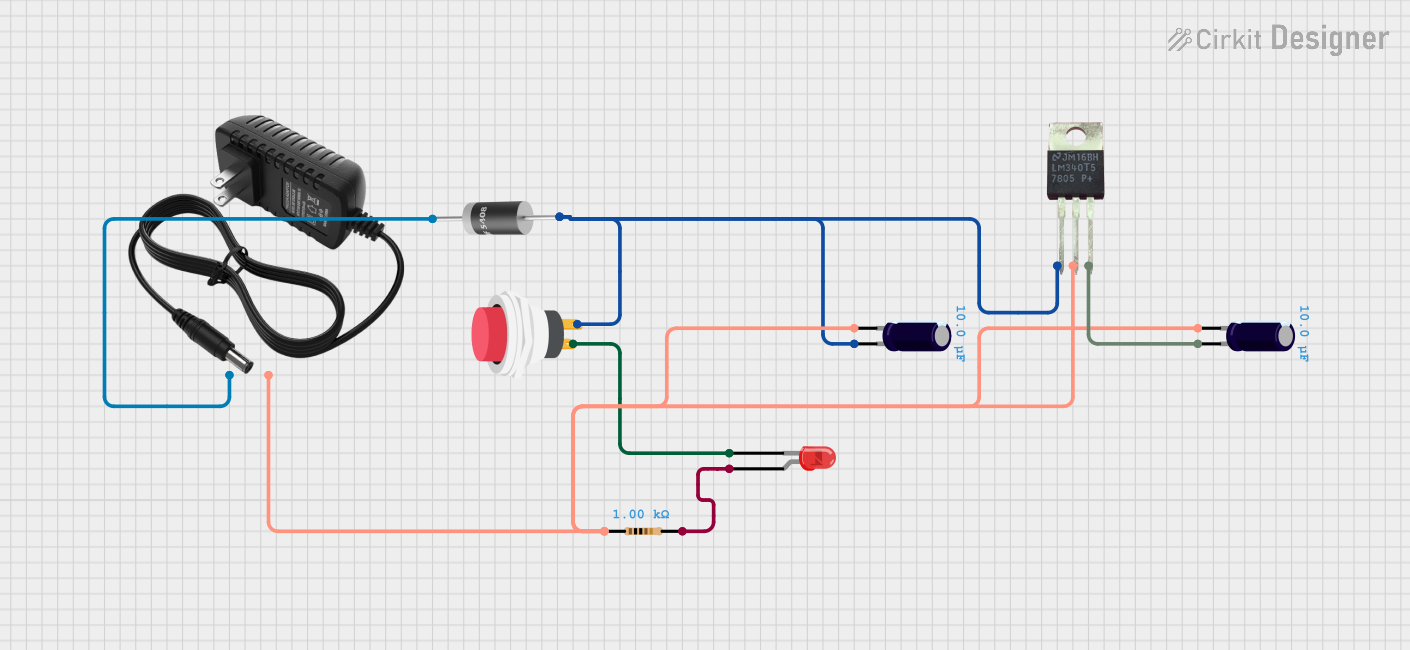
 Open Project in Cirkit Designer
Open Project in Cirkit Designer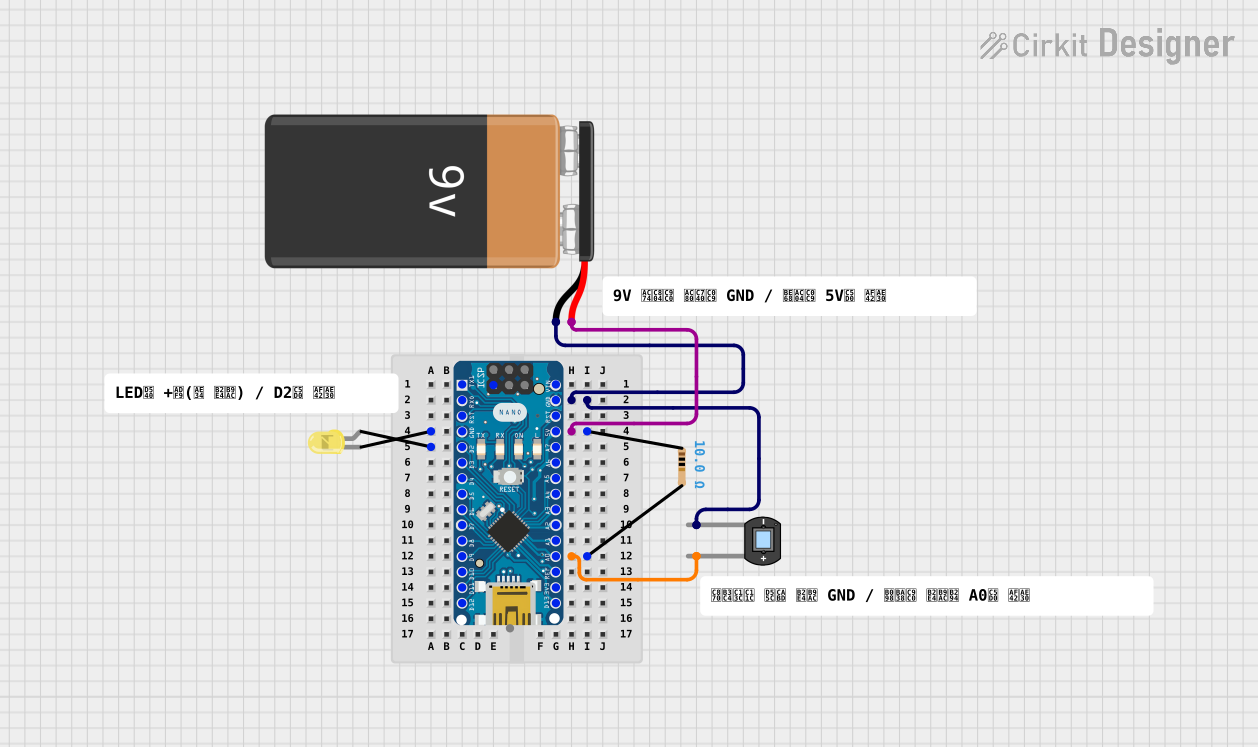
 Open Project in Cirkit Designer
Open Project in Cirkit DesignerExplore Projects Built with Ideal Diode

 Open Project in Cirkit Designer
Open Project in Cirkit Designer
 Open Project in Cirkit Designer
Open Project in Cirkit Designer
 Open Project in Cirkit Designer
Open Project in Cirkit Designer
 Open Project in Cirkit Designer
Open Project in Cirkit DesignerCommon Applications and Use Cases
- Rectification: Converting AC to DC in power supplies.
- Reverse Polarity Protection: Preventing damage to circuits caused by incorrect power supply connections.
- Voltage Clamping: Protecting sensitive components from voltage spikes.
- Ideal Diode Controllers: Used in power management systems to mimic ideal diode behavior.
Technical Specifications
Since the ideal diode is a theoretical component, it does not have physical specifications like real diodes. However, its behavior can be approximated using real-world components such as Schottky diodes or MOSFET-based ideal diode controllers.
Key Characteristics
| Parameter | Value |
|---|---|
| Forward Voltage Drop | 0 V |
| Reverse Leakage Current | 0 A |
| Forward Current | Unlimited (theoretically) |
| Reverse Voltage | Infinite (theoretically) |
Pin Configuration and Descriptions
The ideal diode is represented symbolically in circuits. Below is the pin configuration:
| Pin Name | Description |
|---|---|
| Anode | Positive terminal; current enters here when forward-biased. |
| Cathode | Negative terminal; current exits here when forward-biased. |
Usage Instructions
How to Use the Ideal Diode in a Circuit
- Forward Bias Operation: Connect the anode to the positive side of the circuit and the cathode to the negative side. In this configuration, the ideal diode will conduct current without any resistance or voltage drop.
- Reverse Bias Operation: If the cathode is at a higher potential than the anode, the ideal diode will block all current flow, acting as an open circuit.
Important Considerations and Best Practices
- Simulation Use: Ideal diodes are often used in circuit simulations to simplify analysis. In real-world applications, use components like Schottky diodes or MOSFET-based controllers to approximate ideal behavior.
- Thermal Management: While the ideal diode does not generate heat, real-world approximations will have power losses due to forward voltage drops. Ensure proper heat dissipation in high-current applications.
- Parasitic Effects: Real diodes have capacitance and inductance, which can affect high-frequency performance. These effects are absent in the ideal diode model.
Example: Using an Ideal Diode with an Arduino UNO
While the ideal diode itself is not a physical component, you can simulate its behavior using a Schottky diode or an ideal diode controller. Below is an example of using a Schottky diode for reverse polarity protection in an Arduino UNO circuit:
Circuit Description
- The Schottky diode is placed between the power supply and the Arduino UNO's VIN pin to prevent damage from reverse polarity.
Code Example
// Example code for Arduino UNO to demonstrate basic functionality
// of a circuit protected by a Schottky diode (ideal diode approximation).
void setup() {
pinMode(13, OUTPUT); // Set pin 13 as an output for the onboard LED
}
void loop() {
digitalWrite(13, HIGH); // Turn the LED on
delay(1000); // Wait for 1 second
digitalWrite(13, LOW); // Turn the LED off
delay(1000); // Wait for 1 second
}
// Note: The Schottky diode in the circuit ensures that the Arduino
// is protected from reverse polarity damage. This code assumes
// the power supply is connected correctly.
Troubleshooting and FAQs
Common Issues Users Might Face
No Current Flow in Forward Bias:
- Cause: Incorrect connection of the anode and cathode.
- Solution: Verify that the anode is connected to the positive terminal and the cathode to the negative terminal.
Unexpected Voltage Drop:
- Cause: Using a real diode instead of an ideal diode.
- Solution: Use a low forward voltage drop diode, such as a Schottky diode, to approximate ideal behavior.
Circuit Malfunction in Reverse Bias:
- Cause: Leakage current in real diodes.
- Solution: Use a diode with minimal reverse leakage current or an ideal diode controller.
Solutions and Tips for Troubleshooting
- Simulations: Use circuit simulation software (e.g., LTspice, Multisim) to test ideal diode behavior before implementing real-world circuits.
- Component Selection: For real-world applications, choose diodes with characteristics that closely match the ideal diode model.
- Testing: Use a multimeter to verify the forward and reverse bias behavior of the diode in your circuit.
By understanding the theoretical behavior of the ideal diode and its practical approximations, you can design efficient and reliable circuits for a wide range of applications.